Mukund Sridhar
Low-Resource Compositional Semantic Parsing with Concept Pretraining
Jan 30, 2023Abstract:Semantic parsing plays a key role in digital voice assistants such as Alexa, Siri, and Google Assistant by mapping natural language to structured meaning representations. When we want to improve the capabilities of a voice assistant by adding a new domain, the underlying semantic parsing model needs to be retrained using thousands of annotated examples from the new domain, which is time-consuming and expensive. In this work, we present an architecture to perform such domain adaptation automatically, with only a small amount of metadata about the new domain and without any new training data (zero-shot) or with very few examples (few-shot). We use a base seq2seq (sequence-to-sequence) architecture and augment it with a concept encoder that encodes intent and slot tags from the new domain. We also introduce a novel decoder-focused approach to pretrain seq2seq models to be concept aware using Wikidata and use it to help our model learn important concepts and perform well in low-resource settings. We report few-shot and zero-shot results for compositional semantic parsing on the TOPv2 dataset and show that our model outperforms prior approaches in few-shot settings for the TOPv2 and SNIPS datasets.
AlexaTM 20B: Few-Shot Learning Using a Large-Scale Multilingual Seq2Seq Model
Aug 03, 2022



Abstract:In this work, we demonstrate that multilingual large-scale sequence-to-sequence (seq2seq) models, pre-trained on a mixture of denoising and Causal Language Modeling (CLM) tasks, are more efficient few-shot learners than decoder-only models on various tasks. In particular, we train a 20 billion parameter multilingual seq2seq model called Alexa Teacher Model (AlexaTM 20B) and show that it achieves state-of-the-art (SOTA) performance on 1-shot summarization tasks, outperforming a much larger 540B PaLM decoder model. AlexaTM 20B also achieves SOTA in 1-shot machine translation, especially for low-resource languages, across almost all language pairs supported by the model (Arabic, English, French, German, Hindi, Italian, Japanese, Marathi, Portuguese, Spanish, Tamil, and Telugu) on Flores-101 dataset. We also show in zero-shot setting, AlexaTM 20B outperforms GPT3 (175B) on SuperGLUE and SQuADv2 datasets and provides SOTA performance on multilingual tasks such as XNLI, XCOPA, Paws-X, and XWinograd. Overall, our results present a compelling case for seq2seq models as a powerful alternative to decoder-only models for Large-scale Language Model (LLM) training.
Instilling Type Knowledge in Language Models via Multi-Task QA
Apr 28, 2022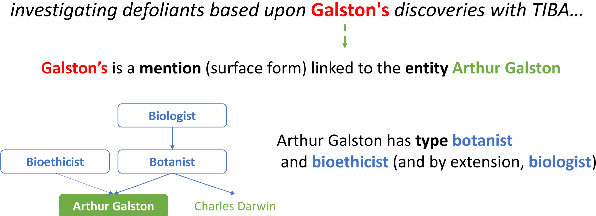
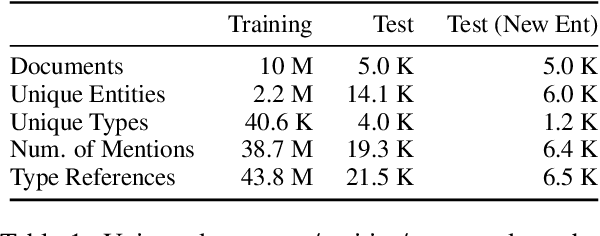
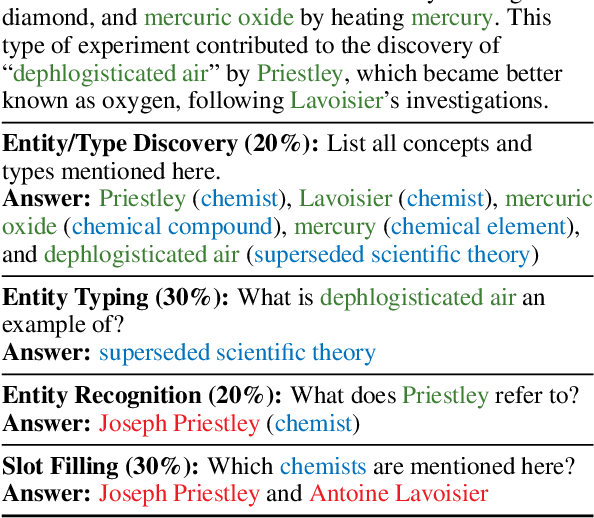
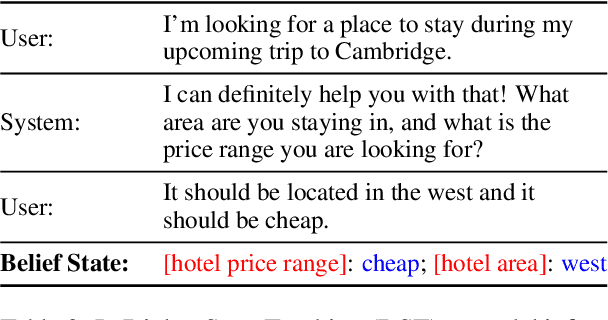
Abstract:Understanding human language often necessitates understanding entities and their place in a taxonomy of knowledge -- their types. Previous methods to learn entity types rely on training classifiers on datasets with coarse, noisy, and incomplete labels. We introduce a method to instill fine-grained type knowledge in language models with text-to-text pre-training on type-centric questions leveraging knowledge base documents and knowledge graphs. We create the WikiWiki dataset: entities and passages from 10M Wikipedia articles linked to the Wikidata knowledge graph with 41K types. Models trained on WikiWiki achieve state-of-the-art performance in zero-shot dialog state tracking benchmarks, accurately infer entity types in Wikipedia articles, and can discover new types deemed useful by human judges.
Towards Realistic Single-Task Continuous Learning Research for NER
Oct 27, 2021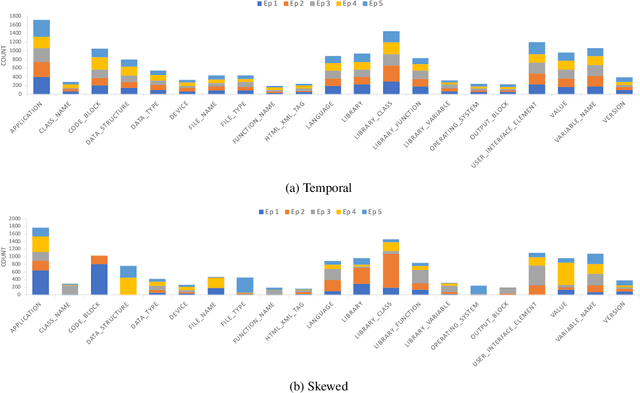
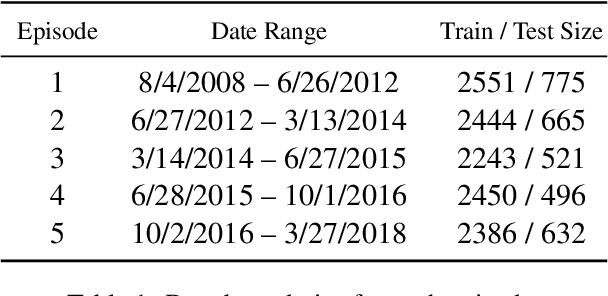
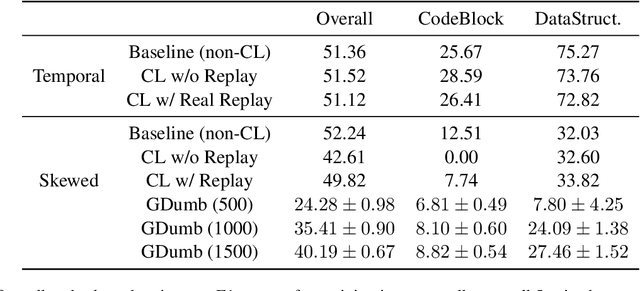
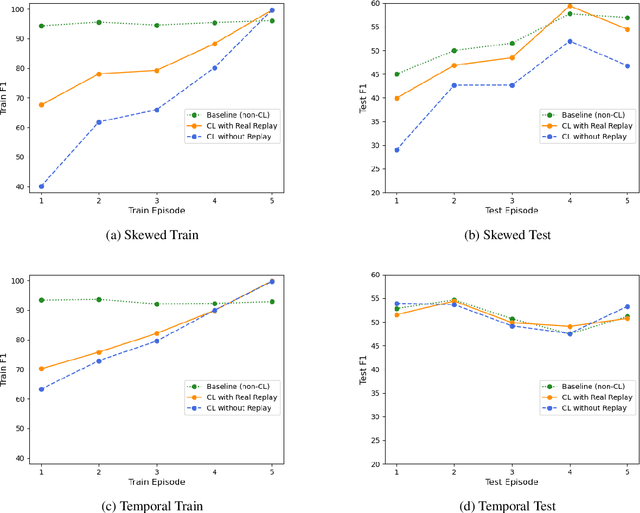
Abstract:There is an increasing interest in continuous learning (CL), as data privacy is becoming a priority for real-world machine learning applications. Meanwhile, there is still a lack of academic NLP benchmarks that are applicable for realistic CL settings, which is a major challenge for the advancement of the field. In this paper we discuss some of the unrealistic data characteristics of public datasets, study the challenges of realistic single-task continuous learning as well as the effectiveness of data rehearsal as a way to mitigate accuracy loss. We construct a CL NER dataset from an existing publicly available dataset and release it along with the code to the research community.
Zero-shot Generalization in Dialog State Tracking through Generative Question Answering
Jan 20, 2021
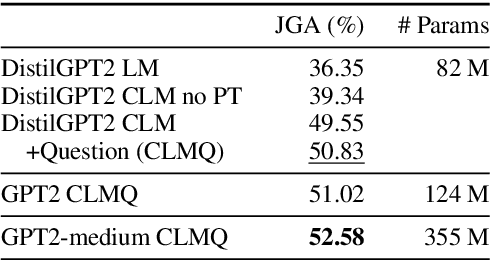
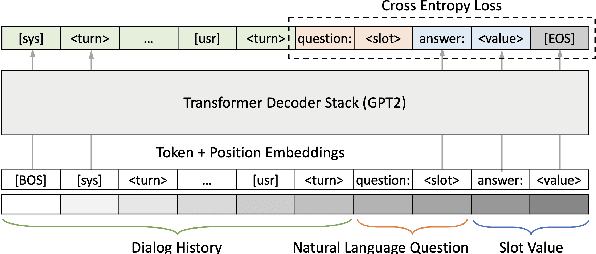
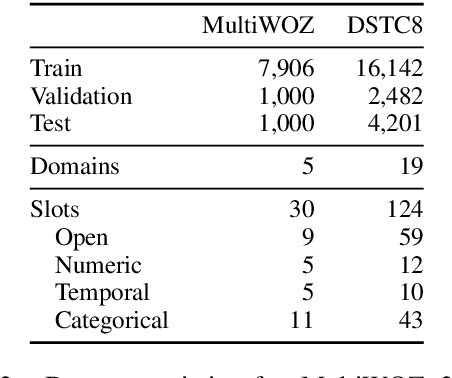
Abstract:Dialog State Tracking (DST), an integral part of modern dialog systems, aims to track user preferences and constraints (slots) in task-oriented dialogs. In real-world settings with constantly changing services, DST systems must generalize to new domains and unseen slot types. Existing methods for DST do not generalize well to new slot names and many require known ontologies of slot types and values for inference. We introduce a novel ontology-free framework that supports natural language queries for unseen constraints and slots in multi-domain task-oriented dialogs. Our approach is based on generative question-answering using a conditional language model pre-trained on substantive English sentences. Our model improves joint goal accuracy in zero-shot domain adaptation settings by up to 9% (absolute) over the previous state-of-the-art on the MultiWOZ 2.1 dataset.
Automatic Discovery of Novel Intents & Domains from Text Utterances
May 22, 2020



Abstract:One of the primary tasks in Natural Language Understanding (NLU) is to recognize the intents as well as domains of users' spoken and written language utterances. Most existing research formulates this as a supervised classification problem with a closed-world assumption, i.e. the domains or intents to be identified are pre-defined or known beforehand. Real-world applications however increasingly encounter dynamic, rapidly evolving environments with newly emerging intents and domains, about which no information is known during model training. We propose a novel framework, ADVIN, to automatically discover novel domains and intents from large volumes of unlabeled data. We first employ an open classification model to identify all utterances potentially consisting of a novel intent. Next, we build a knowledge transfer component with a pairwise margin loss function. It learns discriminative deep features to group together utterances and discover multiple latent intent categories within them in an unsupervised manner. We finally hierarchically link mutually related intents into domains, forming an intent-domain taxonomy. ADVIN significantly outperforms baselines on three benchmark datasets, and real user utterances from a commercial voice-powered agent.
 Add to Chrome
Add to Chrome Add to Firefox
Add to Firefox Add to Edge
Add to Edge